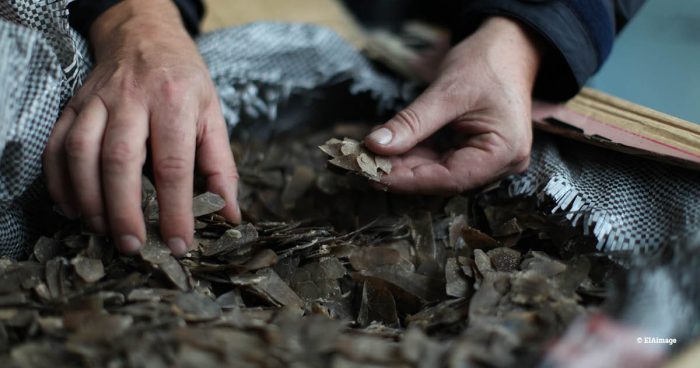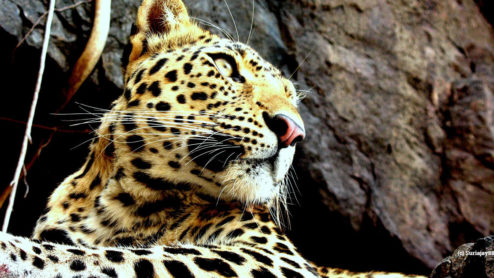WHO urged to condemn traditional Chinese medicine utilising wild animal parts
In a controversial decision questioned by wildlife scientists around the globe, the World Health Organisation (WHO) is set to formally recognise traditional Chinese medicine (TCM) for the first time.
Although most TCM bodies have already taken wild animal parts out of their pharmacopoeia, many conservationists fear the repercussions for wild animals if the industry grows without greater clarity and supportive action from global public health authorities and nations regarding acceptable TCM practices.
Tigers, pangolins, bears, rhinos and other species are all poached for their body parts for use in TCM to treat ailments from arthritis and epilepsy to erectile dysfunction – despite no scientific basis to support TCM’s claims regarding the efficacy of the vast majority of these remedies.

‘Bone strengthening wine’ for sale in Qinhuangdao, China (c) EIAimage
Wild cats are particularly threatened and the danger is increasing dramatically due to TCM and the demand it has created for ever-higher volumes of wild animal parts. With fewer than 4,000 tigers left in the wild, there is growing evidence that poachers have now set their sights on lions, jaguars and other big cats.
Ahead of WHO’s 72nd World Health Assembly in Geneva this week, we joined with Panthera and the Wildlife Conservation Trust to urge the body to condemn the use of TCM utilising wild animal parts, including from captive-bred specimens, and so send an unequivocal message to the world that it will not legitimise this practice in TCM and the decline of wild animal populations around the globe.
WHO has stated that including TCM in its global medical compendium does not mean it condones the use of animal parts or endorses the scientific validity of the practice.

Pangolin scales seized from illegal wildlife trade (c) EIAimage
However, we believe this is how the world, including poaching syndicates, will interpret WHO’s decision and that the organisation has both a responsibility to specify what it will and will not support within TCM and an opportunity to stem the tide of biodiversity loss.
Debbie Banks, our Tiger Campaign Leader, warned that it’s not just tiger bone being used in TCM: “Over 5,000 Asian leopards have been seized in trade in the past two decades. China’s licensed domestic trade in leopard bone wine and pills is a major driver of demand and the scale of the trade is huge. In 2018, the trade in 1.23 tonnes of leopard bone was authorised between just two companies out of at least 30 that are licensed to produce leopard medicines.”



